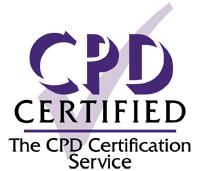2 September 2022
| Emma Stapleton, Ralph Holme
Emma Stapleton, MBChB, FRCS (ORL-HNS), Consultant Otolaryngologist, Cochlear Implant and Skull Base Surgeon, Manchester Royal Infirmary, UK. E: emmastapleton@doctors.org.ukTwitter: @otolaryngolofox Ralph Holme, Director of Research and Insight, RNID, UK. Ralph. E: Holme@rnid.org.uk W: www.rnid.org.uk For Mar/Apr 2022, we sang the...

